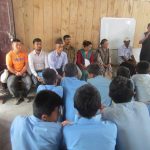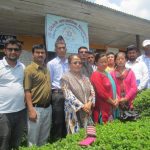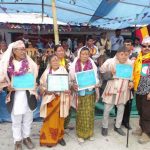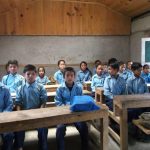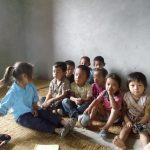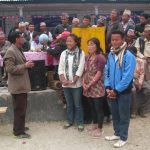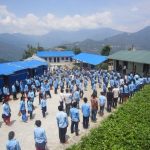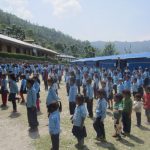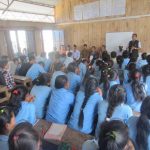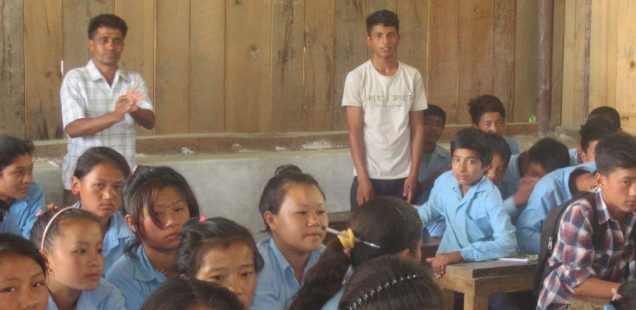
Understanding nature and the local threats to nature – a basis for enhanced solidarity in remote rural Nepal ?
This initiative is designed to nourish community leaders and strengthen community solidarity in a very remote village of Nepal. This will be attempted by finding out and discussing information about local biodiversity among the students of the village secondary school, helping them to understand the phenomena affecting nature and engaging them for conservation in the face of the rapid expansion of development infrastructure such as roads and markets. It is hoped that practical knowledge about local biodiversity and nature will enhance the students’ awareness of local values and common concerns, feelings of pride, and effective collaboration in relevant initiatives.
Ribdung-Jaleshwori is one of the most remote villages in Khotang district of Eastern Nepal. It is inhabited mostly, but not exclusively, by Rai indigenous peoples, who consider the village territory as their homeland. The territory comprises steep slopes and terraces, half-covered by forested areas and rich in wildlife, stretching from lowlands at about 1000 meters to high hills at about 3500 meters. It is irrigated by two rivers: Simle-Khola (river of wetlands) and Meku-Khola (water with fish) and most of its inhabitants are subsistence farmers. The village is two-day walking distance from the district headquarters (Diktel) and still deprived of development facilities such as electricity, modern health services, higher education, Internet and road transportation. The rapidly expanding road infrastructure, however, is about to reach the village. With that, chemical fertilizers, insecticides, pesticides and the accumulation of garbage are bound to arrive as well…
Located in Jaleshwori Village, Shree Simle Secondary School (4S) is the highest-level available level of schooling in the area. As part of this initiative, students in grade nine and ten at 4S will be accompanied to document local biodiversity and encouraged to discuss existing and new/ emerging threats to nature. Two or three teachers, the head teacher of the school and external experts will coordinate this work, and a collaboration among teachers, students and parents will be nourished. The students will be initially accompanied to learn about their local biodiversity and the threats that may affect it. They will then be asked to plan what to do to face the impending problems and supported to carry out whatever priority initiative they will agree will be effective. If possible, the students will also prepare a community photo story explaining the process they went through and how they will respond to the identified threats. The management responsibility for the initiative is with Rebdung-Jaleshwori Education Foundation (REF), a national NGO established by ex-students of 4S to promote quality education in the schools of rural Nepal.
This initiative is interesting also as it will experiment with a syllabus developed in a participative way among teachers, students and parents, trying to serve the interests of the entire village. Incidentally, the parents are the ones providing much of the financial and practical support for the running of the school, so they are very engaged in their success. And the students are expected to take first responsibility for whatever they will decide to do to respond to the impending threats to their local environment and nature.

